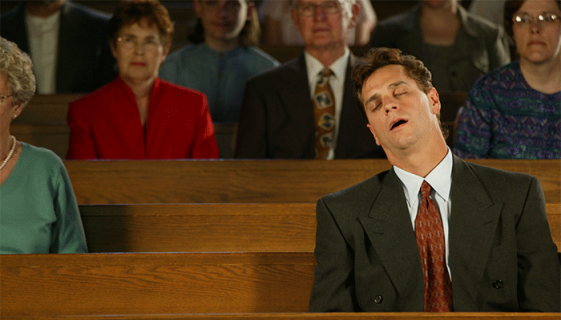 A church member greeted me after a church service in my usual location, the back exit. I embraced her and wished her a blessed week. She had strange look on her face and said, “You know, I really don’t like announcements at the end of worship. It really takes away the momentum of service and deflates it. I don’t know how to solve that. But then again, that’s your job!” She laughed.
A church member greeted me after a church service in my usual location, the back exit. I embraced her and wished her a blessed week. She had strange look on her face and said, “You know, I really don’t like announcements at the end of worship. It really takes away the momentum of service and deflates it. I don’t know how to solve that. But then again, that’s your job!” She laughed.
She was right.The obligatory church announcement time was situated in an awkward place in the worship service.
In some churches, multiple people make a multitude of announcements and service drags on. If inserted in the beginning of worship, a number of people don’t hear the announcements because they are still walking into worship. If placed at the end of worship, announcements can take the wind out of a great service. Announcements are odd to have at the end of worship, but it is often the only place the majority of the congregation can hear of something important.
Do announcements belong in worship anyway? Continue Reading…



 For the past 10 years, I have been interested in
For the past 10 years, I have been interested in 
 For the last 20 or 25 years, it has become popular a church to build their worship and ministry space to look like a warehouse or storehouse (or use an actual warehouse). After being a part of three capital improvement projects at three different churches, I have found there is a whole theology to church buildings.
For the last 20 or 25 years, it has become popular a church to build their worship and ministry space to look like a warehouse or storehouse (or use an actual warehouse). After being a part of three capital improvement projects at three different churches, I have found there is a whole theology to church buildings. vention.
vention.

You must be logged in to post a comment.